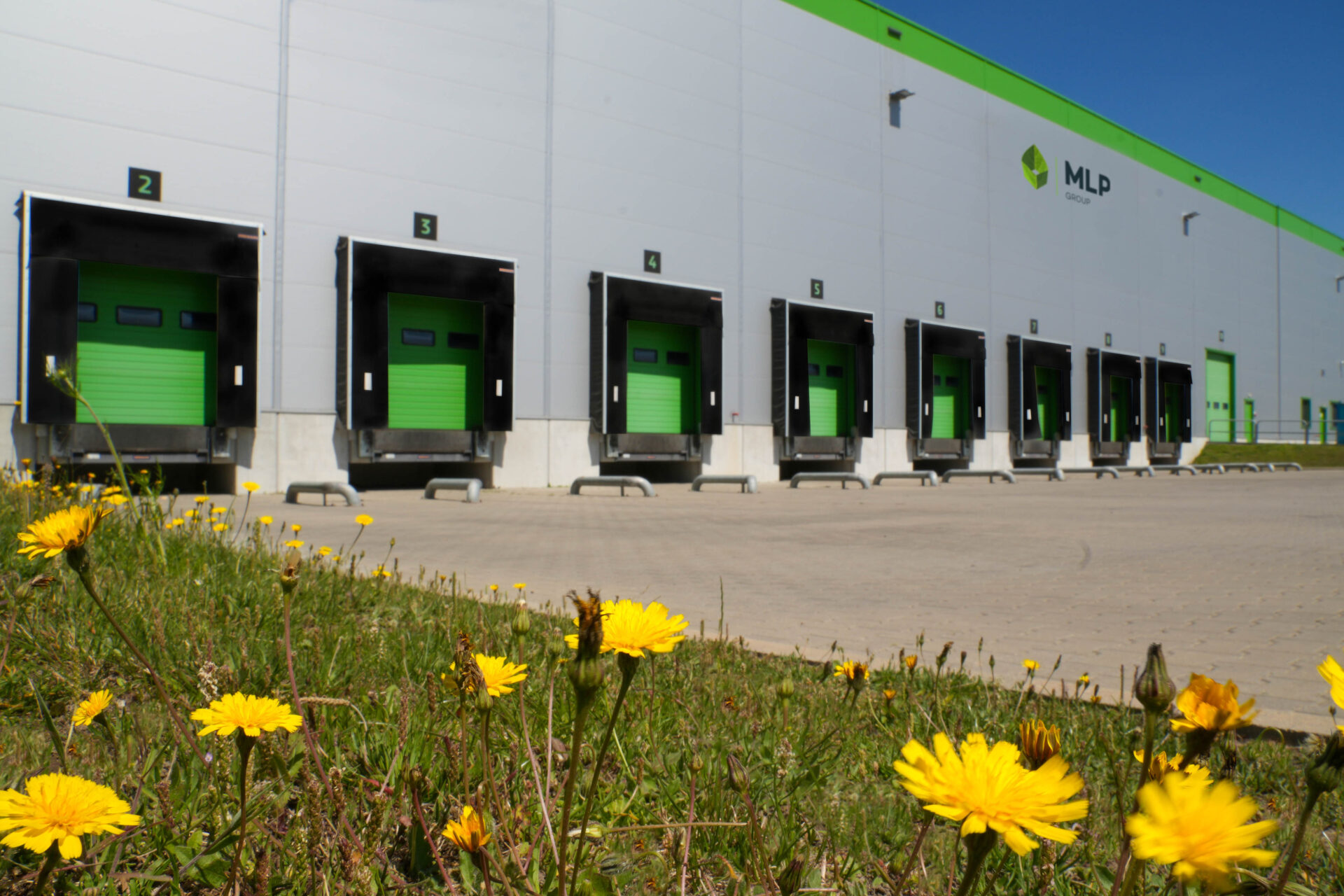EMEA industrial and logistic property investment has surpassed 2007 levels to hit €22 billion, with the UK leading the region, according to Colliers International EMEA Industrial & Logistics Snapshot 2015.
The UK proved to be the strongest and most attractive market claiming more than a third (37 percent) of all EMEA capital invested in the sector throughout 2014, totalling €8.3 billion, more than doubling the next best performing markets the Nordics (€3.7 billion) and Germany (€3.6 billion)i.
Tim Davies, Colliers International Head of EMEA Industrial, commented, “The market is very much on the rebound, especially within the UK which is leading the EMEA sector. Rental growth was markedly strong in Britain as it was in Sweden, particularly in Stockholm.
“Generally, all major markets throughout Europe are looking very positive and secondary stock is following suit, too. Most notably, we finally saw the resuscitation of the market in Spain and Ireland thanks to several significant deals.
“Ireland showed exceptional rental growth of 22.8 percent in Dublin (€6.50psf*), albeit that this market has been more severely hit compared to other EMEA markets.
“Across the board, though, the Industrial and Logistics sector is heavily undersupplied meaning we can expect to see both rental income and capital values continue to increase. What we can also expect to see throughout 2015 is more speculative development.”
In 2014, speculative development made a return throughout the UK, Poland, Czech Republic and Sweden.
Within the UK, take-up reached the highest volume since 2010 with retailers and logistics providers leading the activity. Large deals were agreed for several major household names including Waitrose and Eddie Stobart both of whom developed their own tailor-made properties; this further illustrates the short supply of prime property.
Not surprisingly, this shortage helped drive rental growth throughout Belfast (12.5 percent, £4.50psf), Birmingham (11.8 percent, £6.15psf), Manchester (11.1 percent, £5.00psf), Bristol (4.3 percent, £6.00psf) and London Heathrow (3.4 percent, £15psf).
Throughout Denmark, Sweden and Norway the available stock, in general, did not meet occupier’s requirements; As a consequence activity was limited and rental levels remained static. The exceptions to this were Stockholm (9.1 percent, €5.90psf) and Gothenburg (4.5 percent, €5.70psf). In response to this lack of good quality stock and helped by Denmark’s low building costs many occupiers in Copenhagen are considering developing their own premises instead of leasing. Several landlords in Sweden started speculative developments to cater for occupiers’ immediate requirements, which is typically between six to nine months.
Rental rates in Germany remained largely stable throughout 2014 with increases in Munich (4.8 percent, €7.40psf) and Stuttgart (1.8 percent, €6.40psf). Supply in Germany was mainly driven by turnkey projects such as Home24’s warehouse in Berlin and interest in smaller units closer to large cities, such as Frankfurt, was driven by e-commerce and grocery retailers.
Spain and Ireland also benefited from significant annual increases in investment volumes, €604 million (298 percent increase) and €240 million (687 percent increase), respectively. Portugal reported activity after two years of stagnation thanks to Blackstone’s €95.9 million acquisition in Azambuja. Two acquisitions by Grivalia Properties brought the market in Greece back to life.
Poland, Czech Republic and Romania recorded the highest amount of capital invested into the industrial sector within these countries.
Within the occupier market, ecommerce, transport and logistics operators and automotive manufacturing sectors are responsible for the transactional activity in Poland and the Czech Republic.







